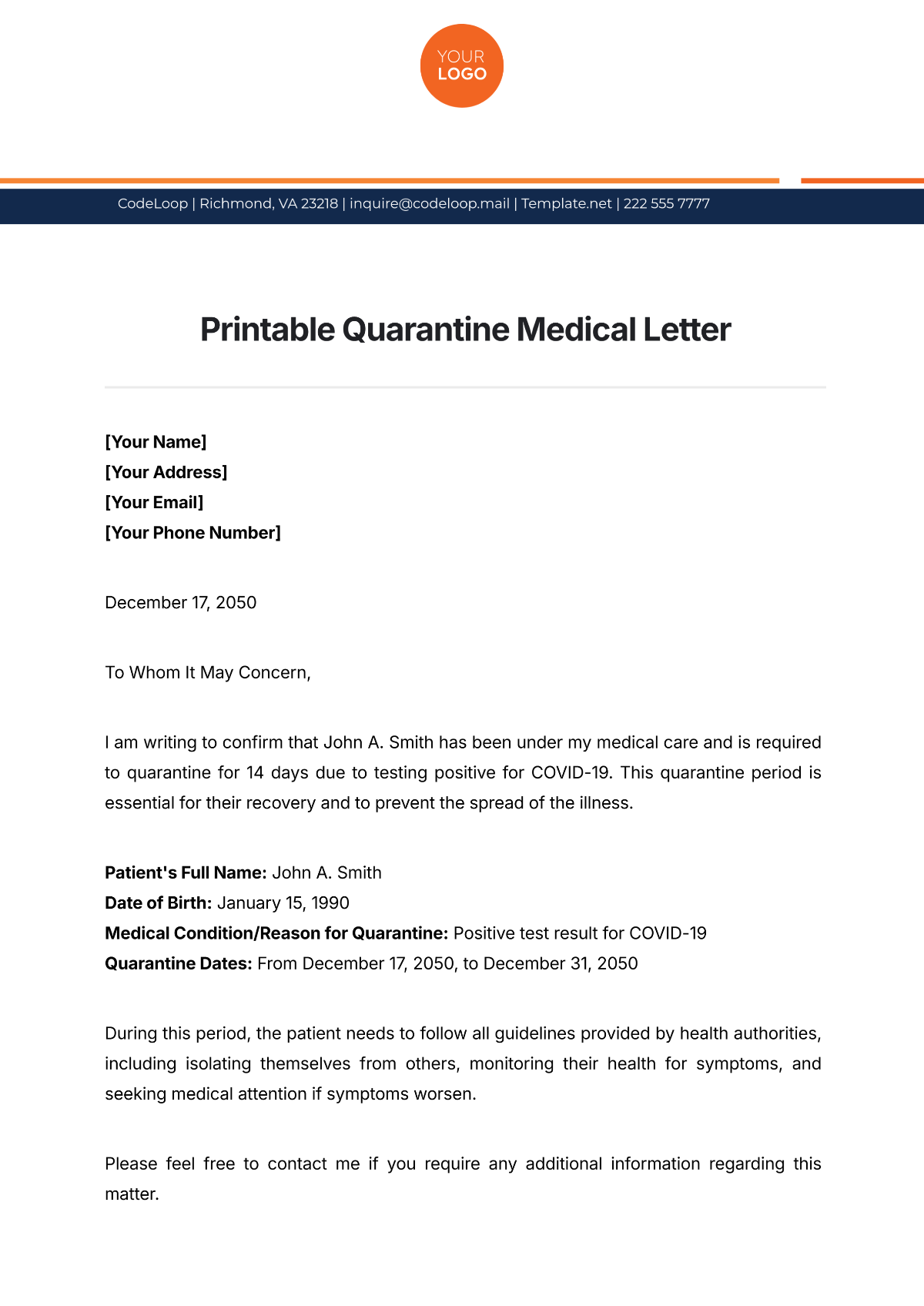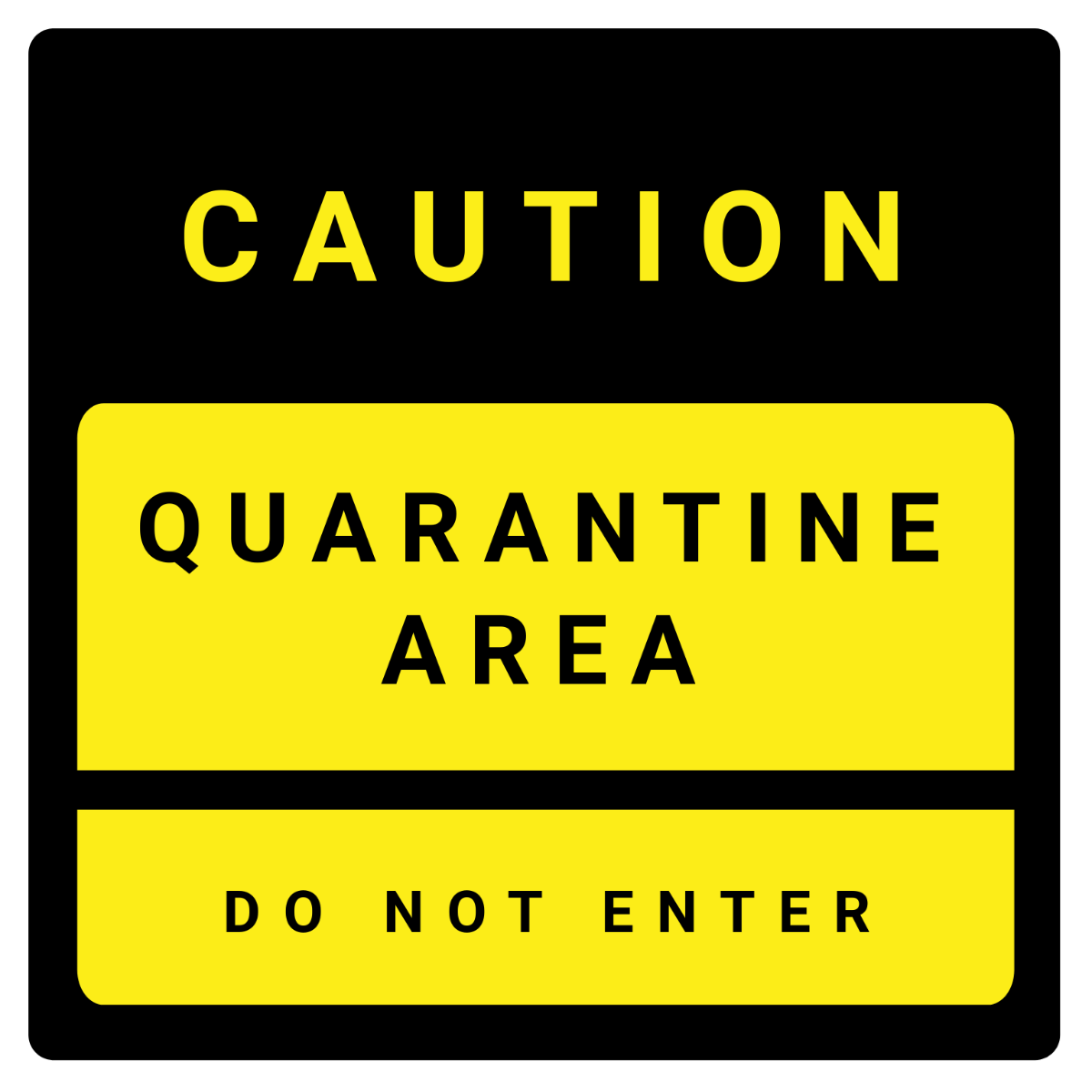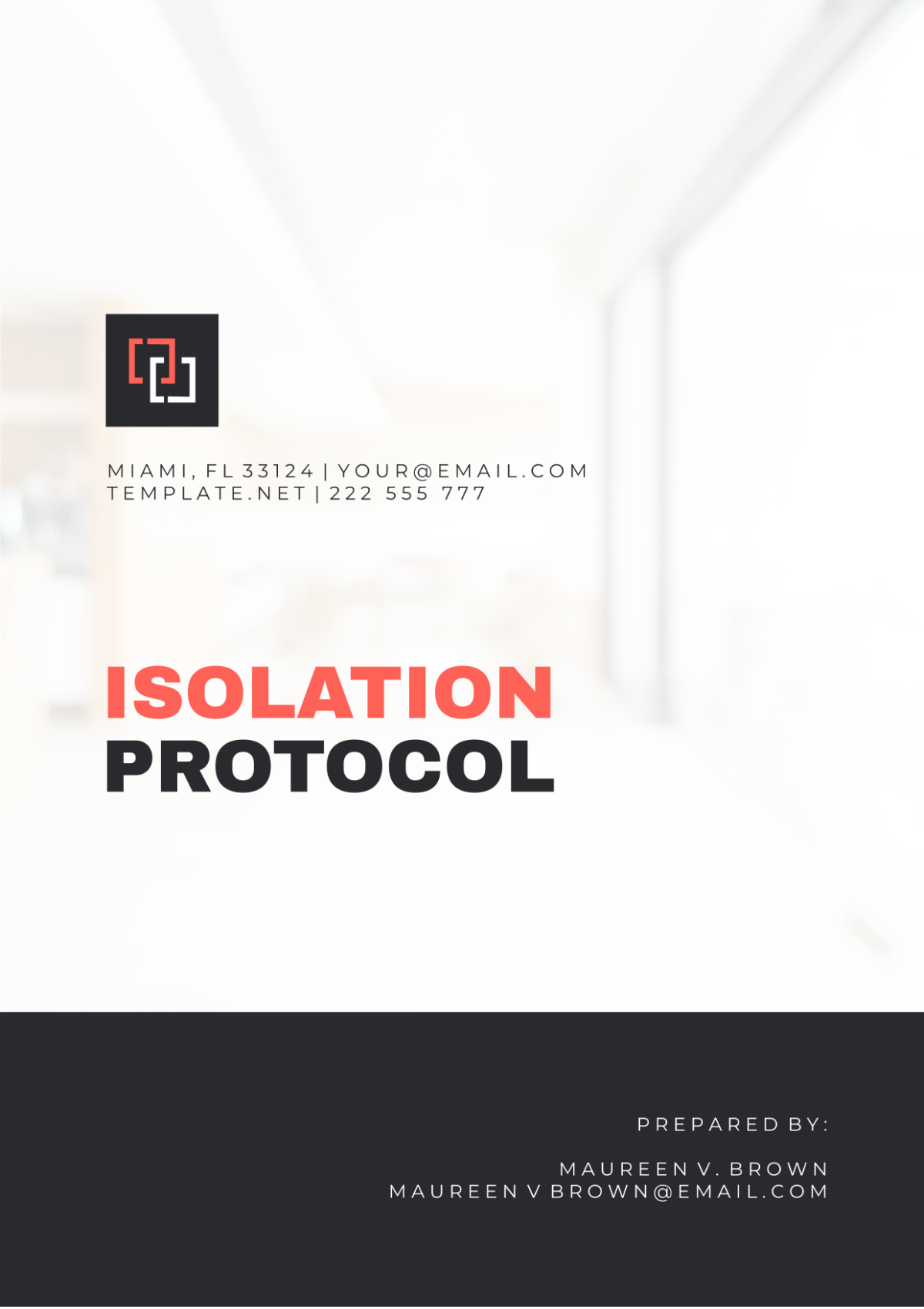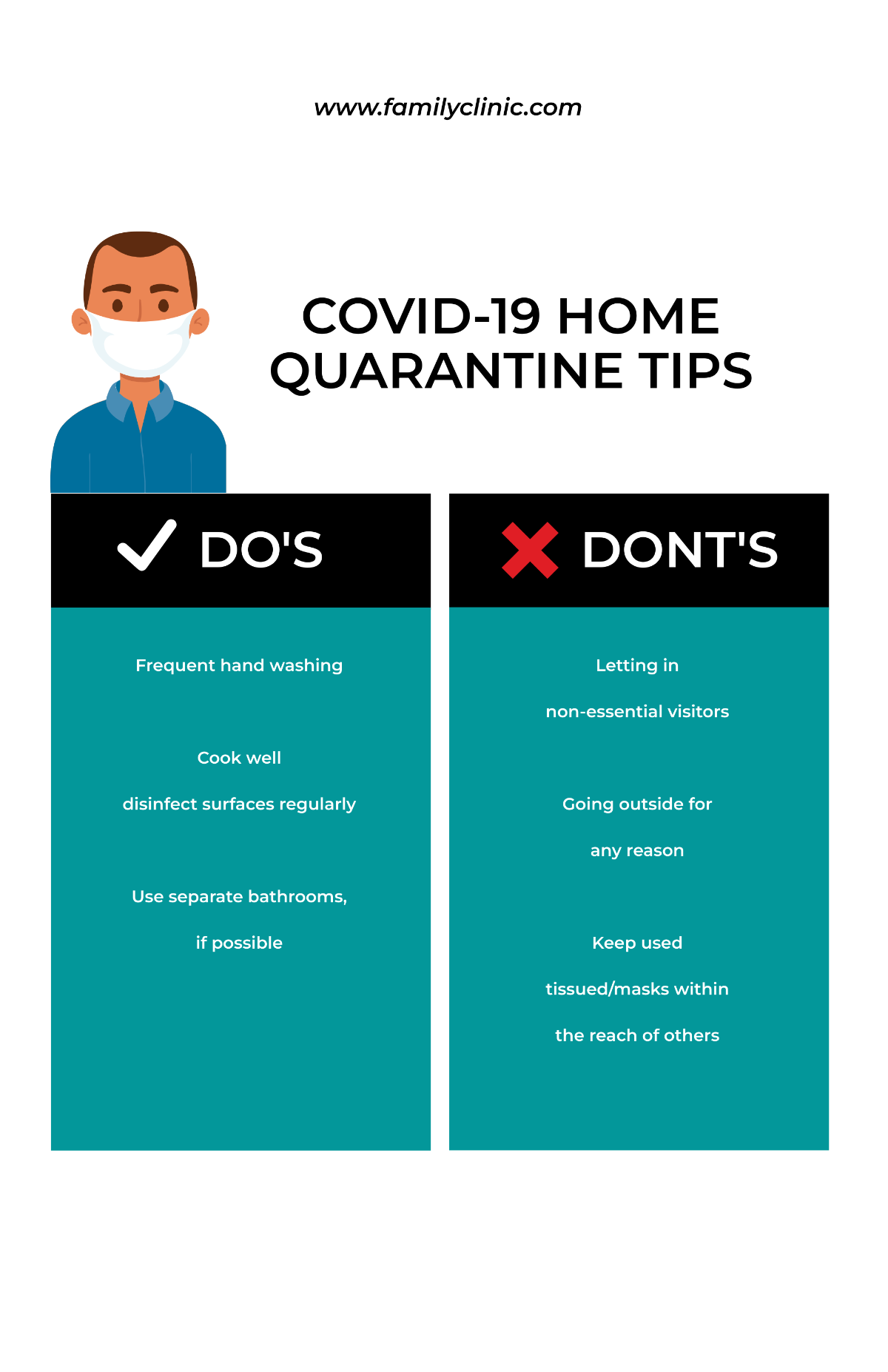Isolation Protocol
I. Objectives
The objectives of this Isolation Protocol are to:
Understand the principles behind the implementation of an Isolation Protocol
Effectively manage and control the spread of diseases or hazards
Familiarize stakeholders with the correct procedures, precautions, and safety measures associated with the protocol
II. Protocol Overview
The Isolation Protocol is a crucial tool in managing the spread of infectious diseases and contaminants. It provides guidelines essential for:
Protecting the health and safety of the public
Ensuring the welfare of healthcare professionals, emergency responders, and caretakers
Minimizing the impacts of infectious outbreaks or contamination issues
III. Procedure
1. Identify Potential Risks and Cases
Recognize symptoms and risk factors associated with contagious diseases or hazardous exposures.
Implement screening measures to identify individuals requiring isolation.
2. Implement an Isolation Section or Ward
Establish designated areas for isolating affected individuals, ensuring adequate facilities and resources for their care.
3. Enforce Safety Measures and Guidelines
Provide clear instructions on the proper use of Personal Protective Equipment (PPE) and hygiene practices.
Ensure adherence to infection control protocols and sanitation procedures.
4. Monitor Isolated Subjects and Record Necessary Data
Regularly assess the condition of isolated individuals and document relevant medical information and observations.
Maintain accurate records of isolation duration, treatments administered, and outcomes.
5. Review and Revise Protocol as Needed
Conduct regular evaluations of the protocol's effectiveness and update procedures based on feedback, lessons learned, and emerging best practices.
IV. Data Collection and Recording
Data collected during this process include:
Documented the number of cases and their demographic information
Description of symptoms and severity of the issues
Effectiveness of the isolation measures in preventing further transmission
Outcomes of the treatments or interventions administered
V. Safety Considerations and Guidelines
Safety considerations are crucial in the implementation of this protocol. Key guidelines include:
Detailed instructions and training on the proper use of PPE and hygiene practices, including recommended disinfection methods and frequency.
Regular disinfection and sanitation of isolation areas, including high-touch surfaces and equipment.
Addressing mental health needs by providing access to counseling services and support for isolated individuals and caregivers.
VI. Expected Results
The expected results from correctly implementing this protocol are:
Reduction or cessation of disease or hazard spread
Maintenance of public health and safety
Compliance with regulations and guidelines set by relevant authorities
VII. Conclusion
By adhering to this Isolation Protocol, we aim for the successful containment and control of any disease outbreaks or contamination issues. Moreover, this document provides clear guidelines and procedures designed for the effective management and implementation of such situations to ensure the overall welfare of society and the individuals involved.



